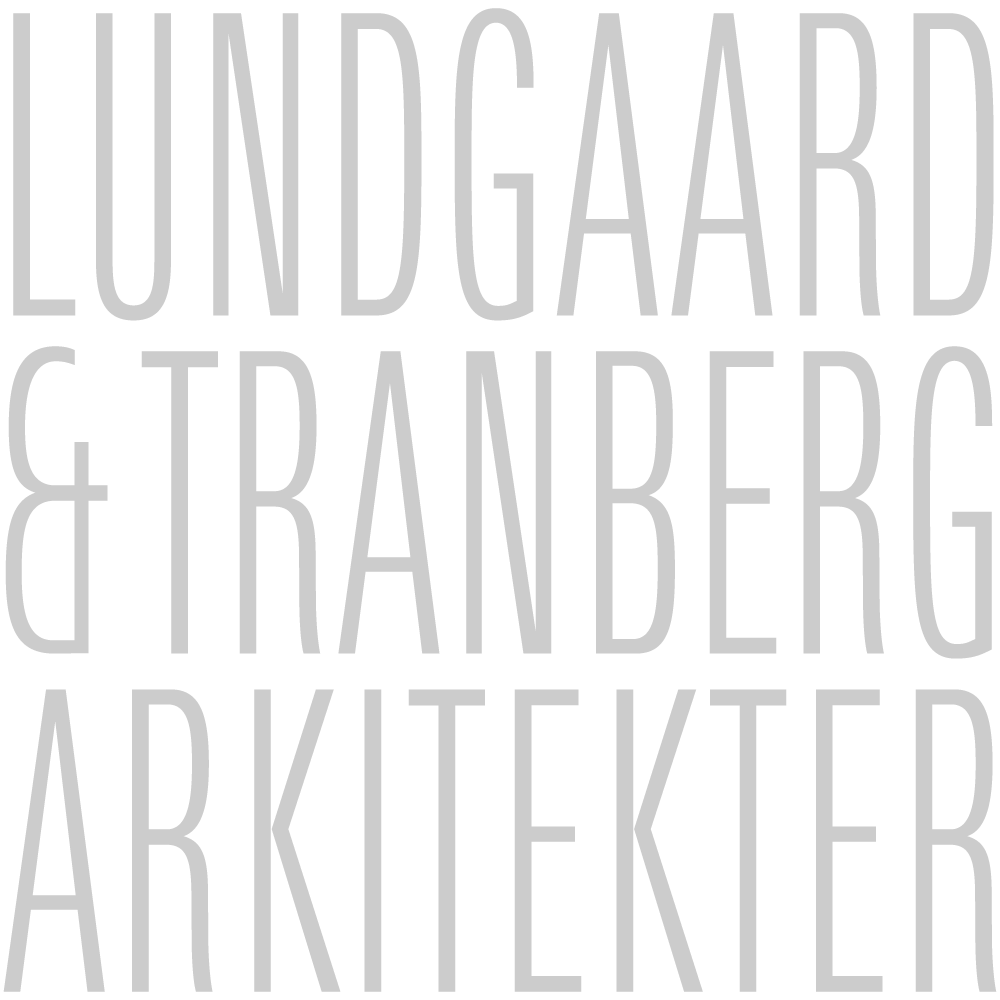Natural History Museum of Denmark
Type
Museum
Education & research facilities
LandscapeAdresse
Sølvtorvet, Copenhagen, DenmarkArea
Total 31,300 m²: 15,000 m² new built, 15,000 m² renovationClient
The Danish Building and Property Agency
Tenant: University of Copenhagen
User: Natural History Museum of DenmarkCollaborations
Claus Pryds Arkitekter ApsEngineer
EKJ Rådgivende Ingeniører A/SLandscape
Professor, landscape architect Steen Høyer
Julie Kierkegaard A/SYear
Opening 2026
Construction 2019-2024
1st prize in international competition 2012
The new Natural History Museum is one of the largest museum projects in Denmark in recent times. It brings together the Geological, Zoological and Botanical Museums under one roof. It will soon provide an exciting venue for a better public understanding of science while giving the scientists at the University of Copenhagen an improved work and research space.
The new museum contains more than 14 million exhibits collected over a 400-year period. It is located in the listed Botanical Garden that constitutes a central element in the new museum with its collection of living plants. Half transformation of the former Polytechnic Institute from 1829, half new built, the project is ambitious and complex.
Our initial analysis showed the importance of respecting the listed Botanic Garden and the historic buildings. Therefore, the majority of the new public exhibition spaces are located underground occupying multiple levels. The old buildings are dedicated to research, education and administration for the University of Copenhagen.
The museum appears as a unified spatial universe with clear inner connections to the new subterranean halls and with public access both from the city side and through the Botanical Garden.
Underground magic
The scientific story of geology and the many dynamic strata of the underground are reflected in the building’s softly flowing lines as visitors descend into the underground exhibition halls. It’s a universe where the full architectural repertoire is activated to set the stage for engaging spatial and sensory experiences related to natural science.
The interior atrium of the old building complex forms the setting for the Ocean Hall: an organically shaped glass building to house the museum’s unique collection of the largest mammals on the planet. The Ocean Hall rises above the lower buildings, visible from afar as the distinctive landmark of the new museum.
An inviting urban space
The museum’s rooftop landscape adds a new nature space to the Botanical Garden and a new inviting urban space to the city. On the greyish black roof, oval skylights and light wells are inspired by glacial lakes in a prehistoric landscape. The new feature makes it clear to anyone visiting the Botanical Garden, perhaps on their way to the museum, that there is something magical and exciting going on underground.
Section
The exhibition halls occupy multiple underground levels, embracing and filling out the spaces in between the majestic historical buildings like the hilly mineral deposits left behind in the Ice Age landscape by prehistoric glacial streams.
Construction site, 2022
Construction site, 2022
Construction site, 2022
Construction site, 2022
Construction site, 2022
Construction site, 2022
Construction site, 2022
Construction site, 2022












